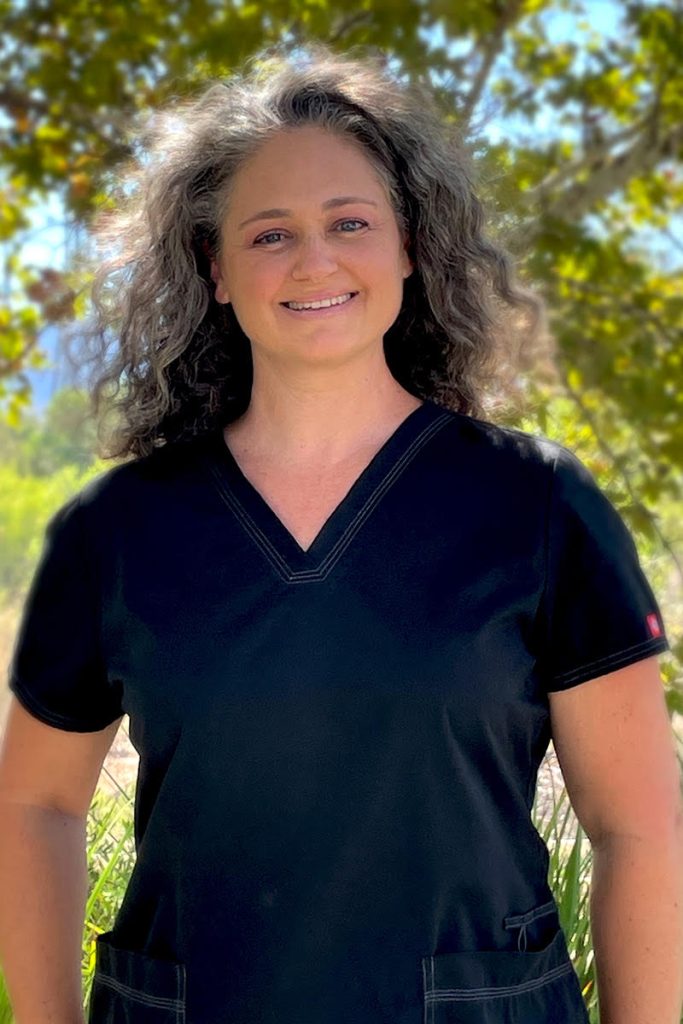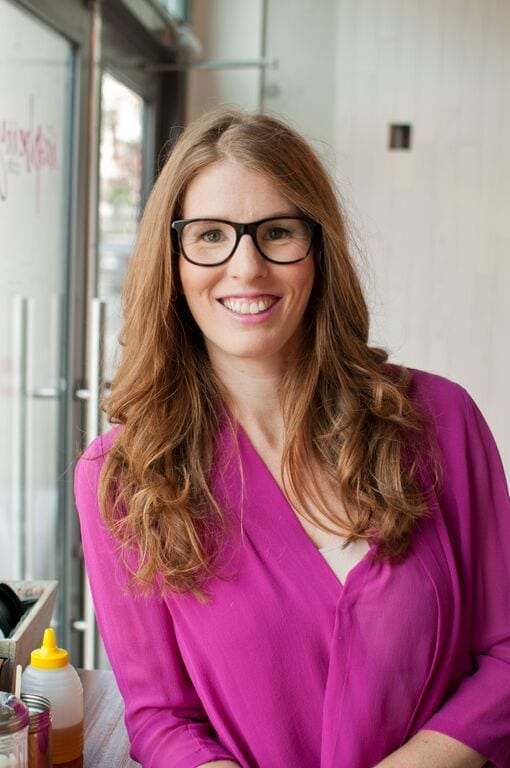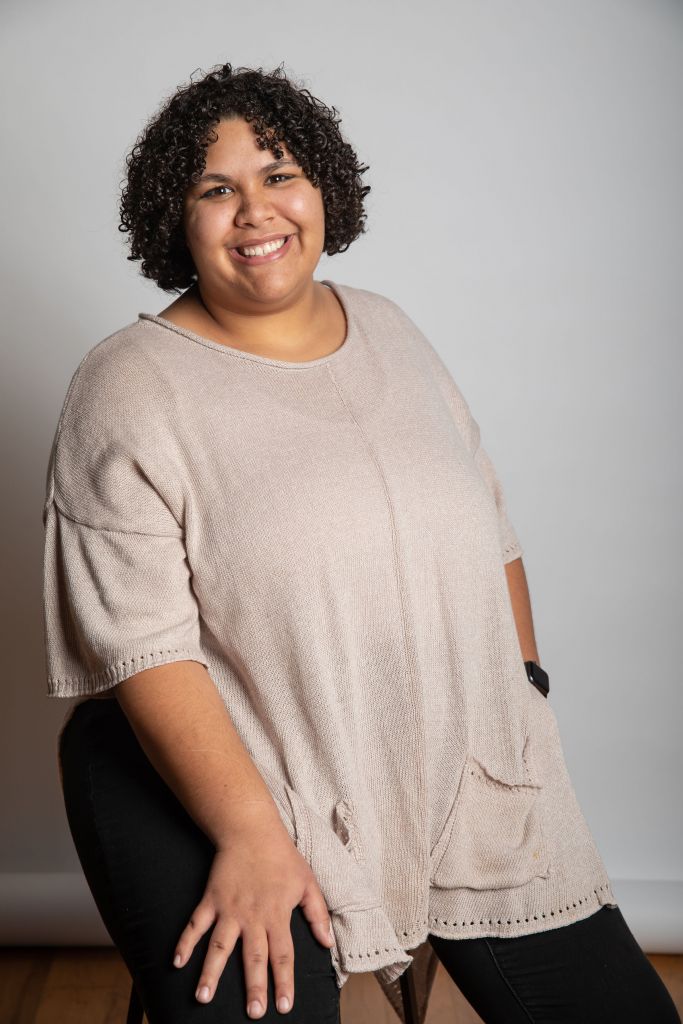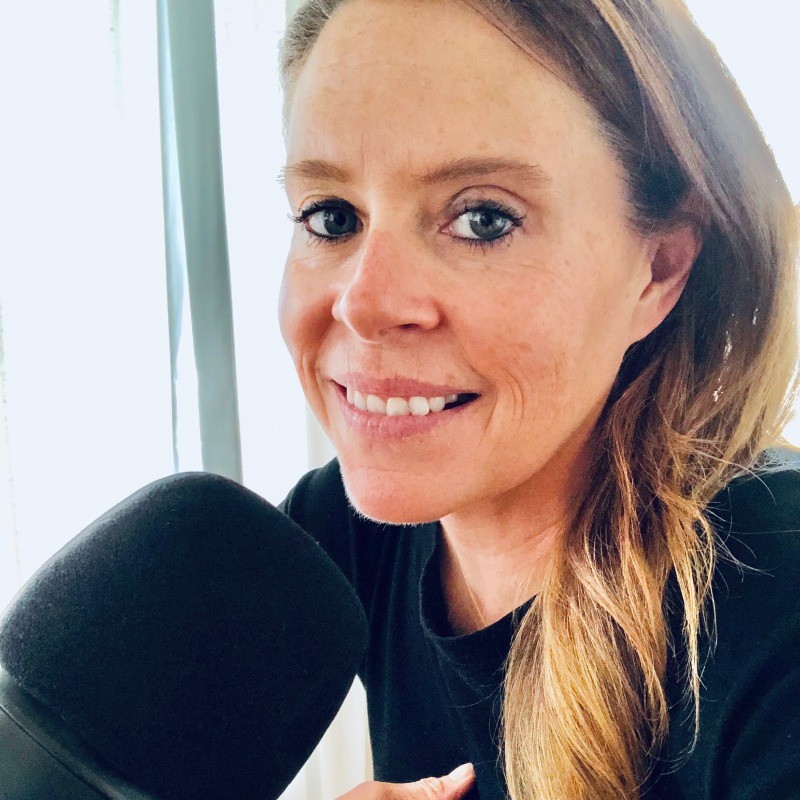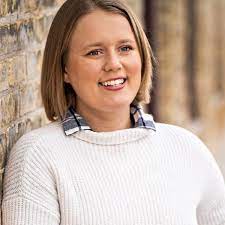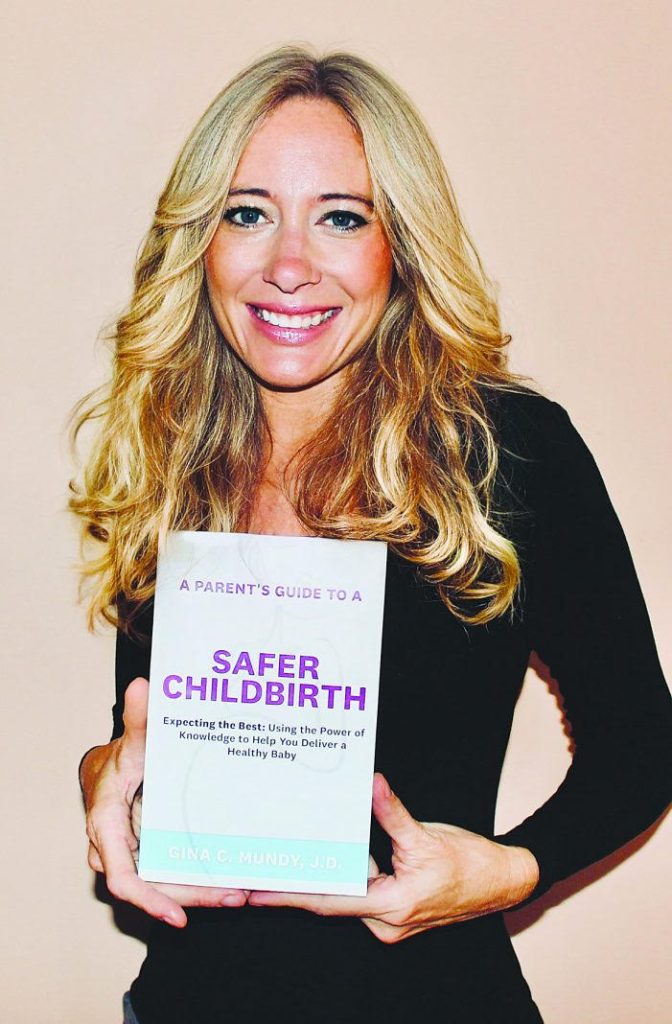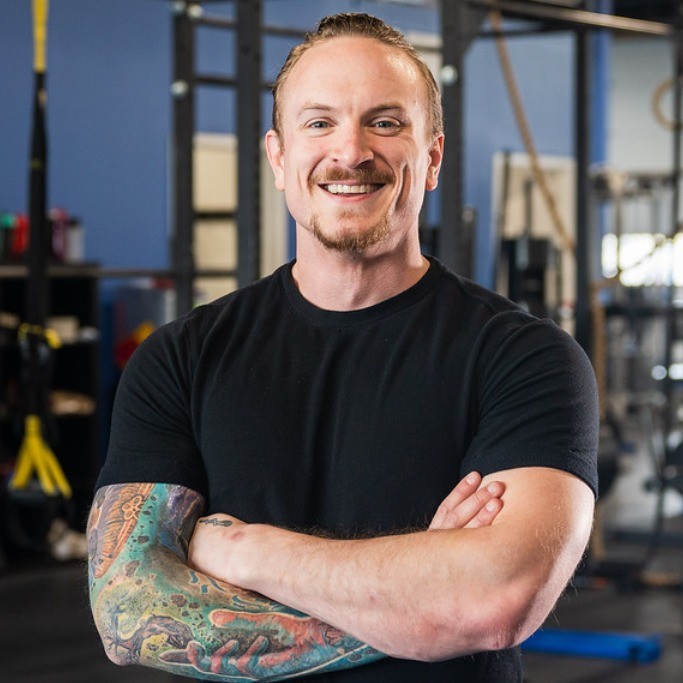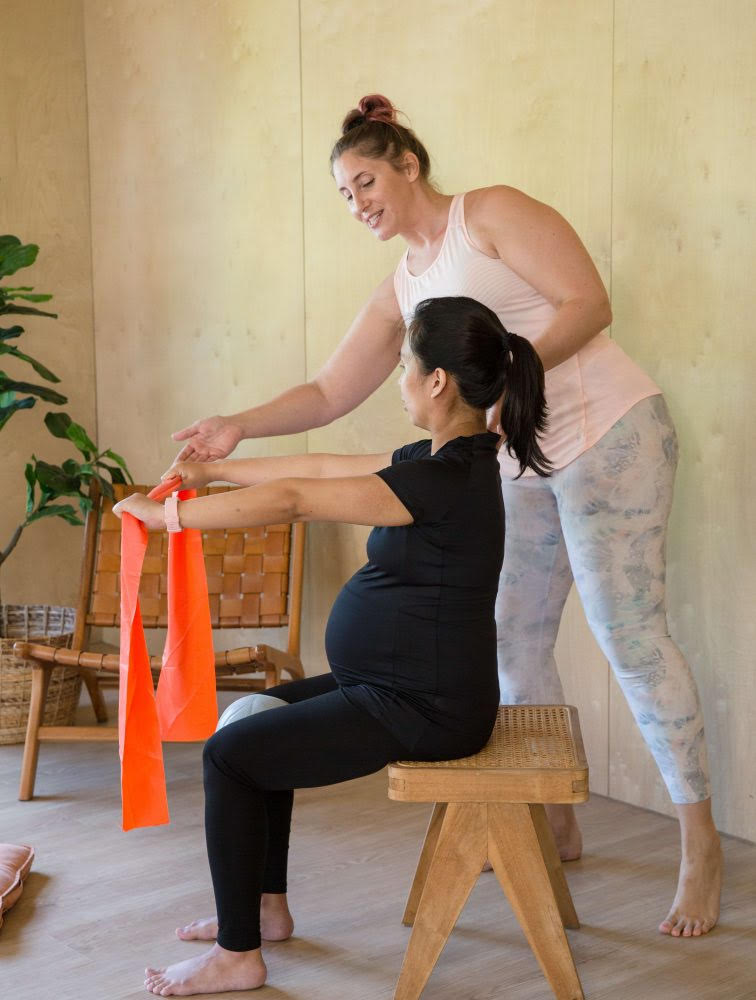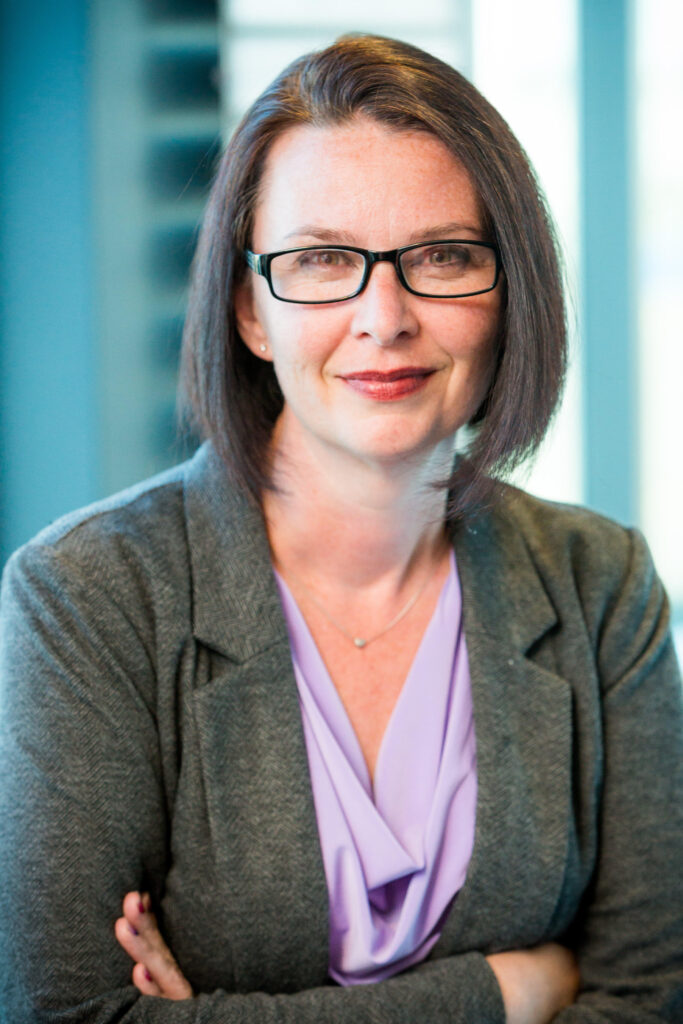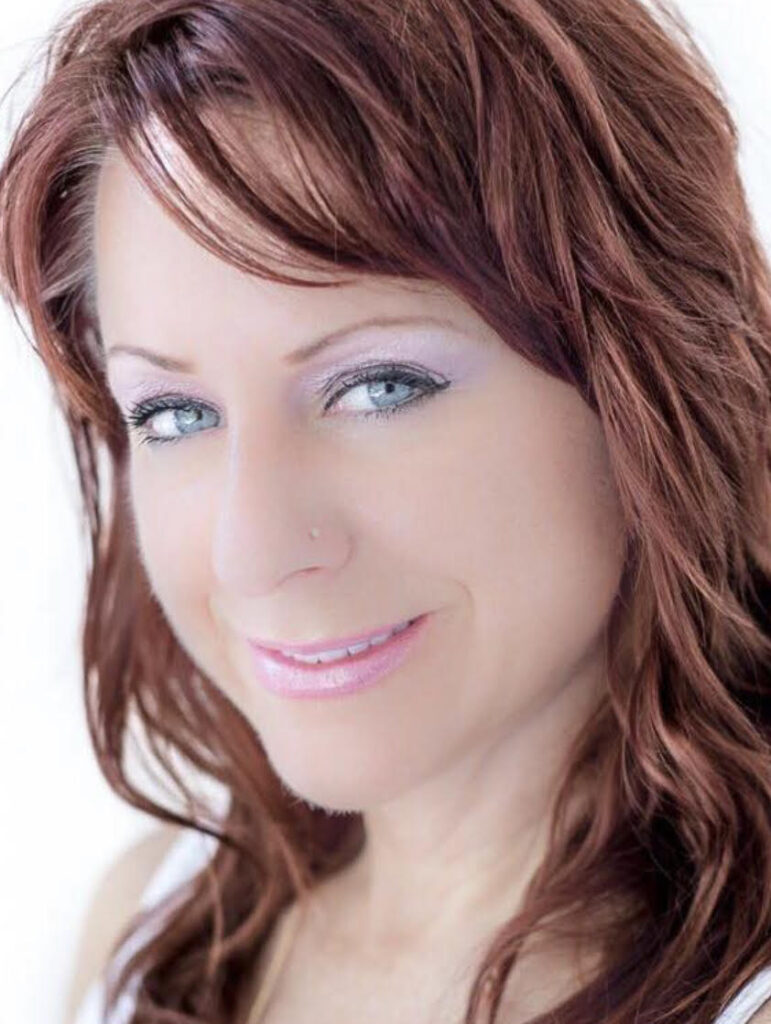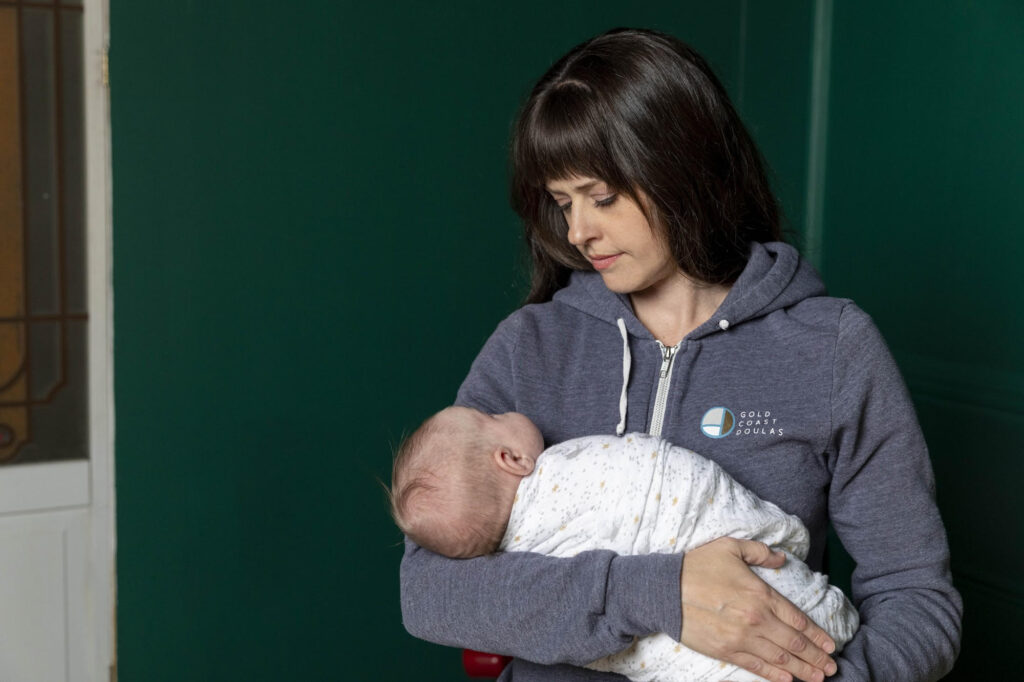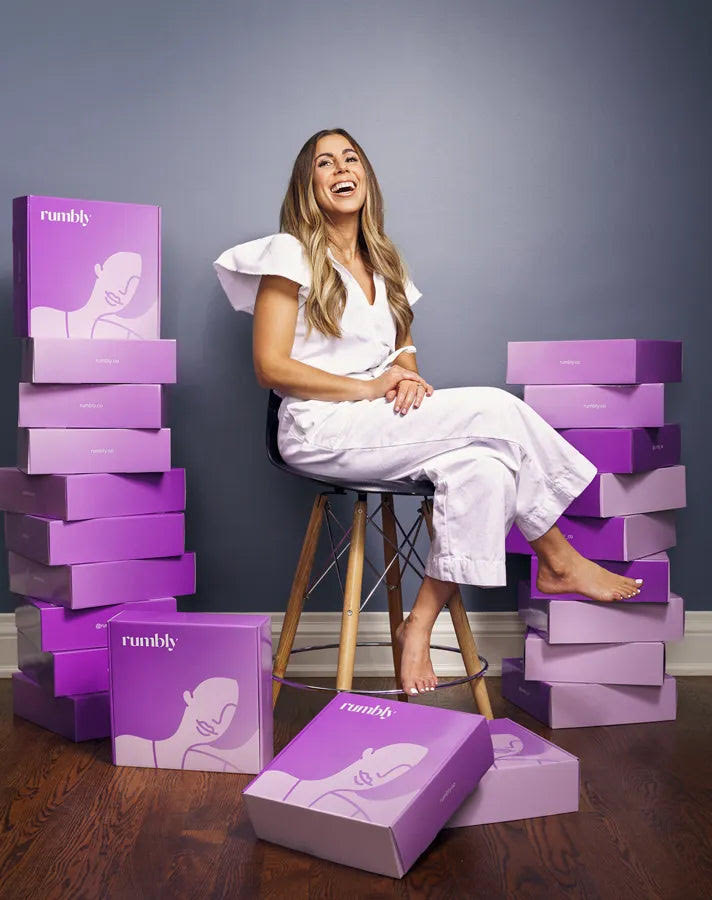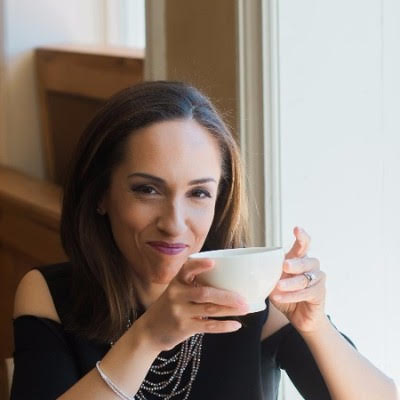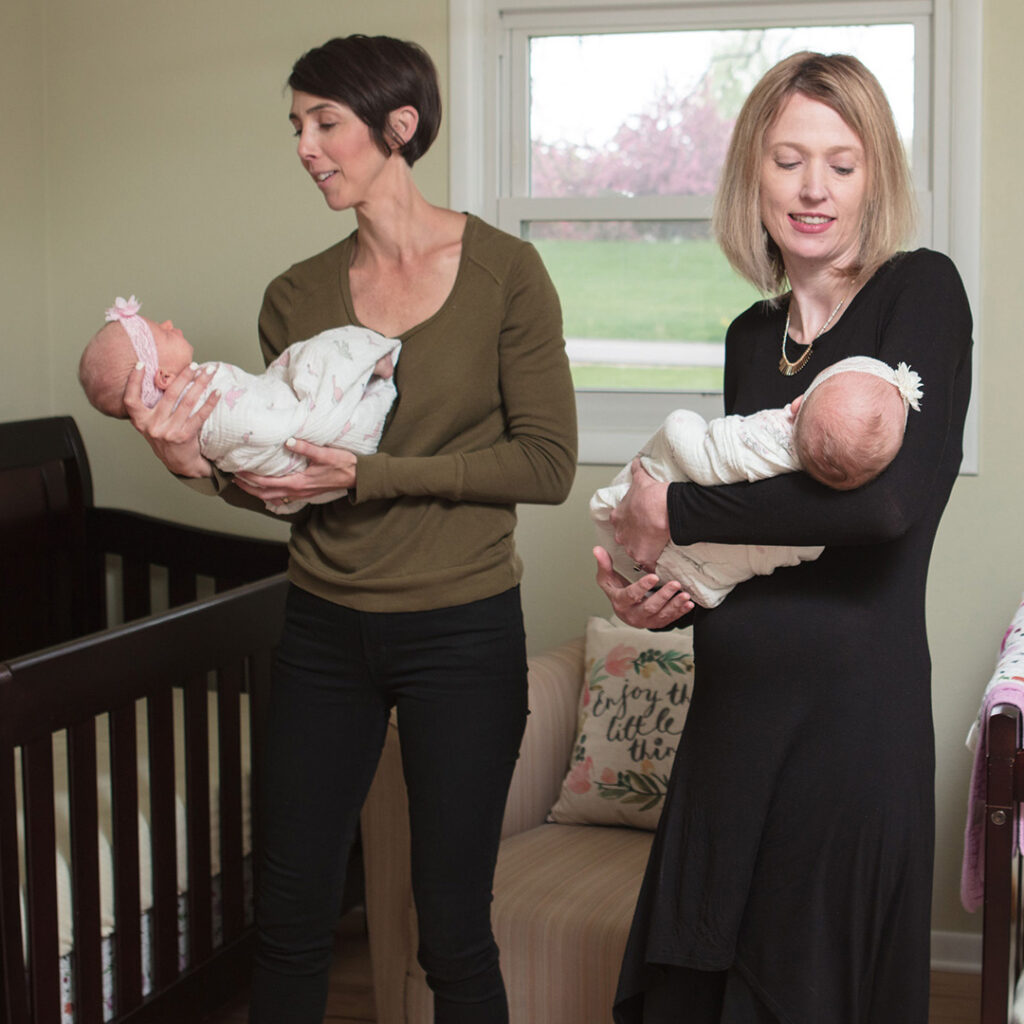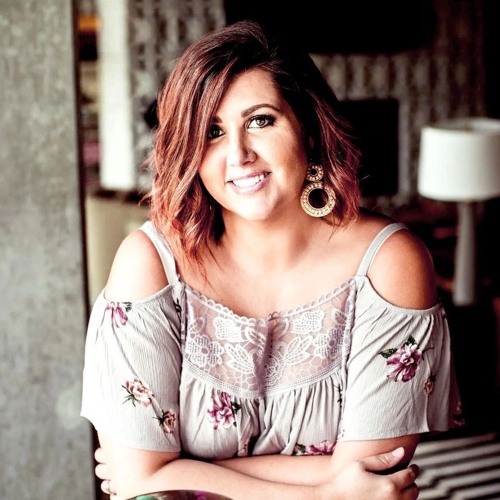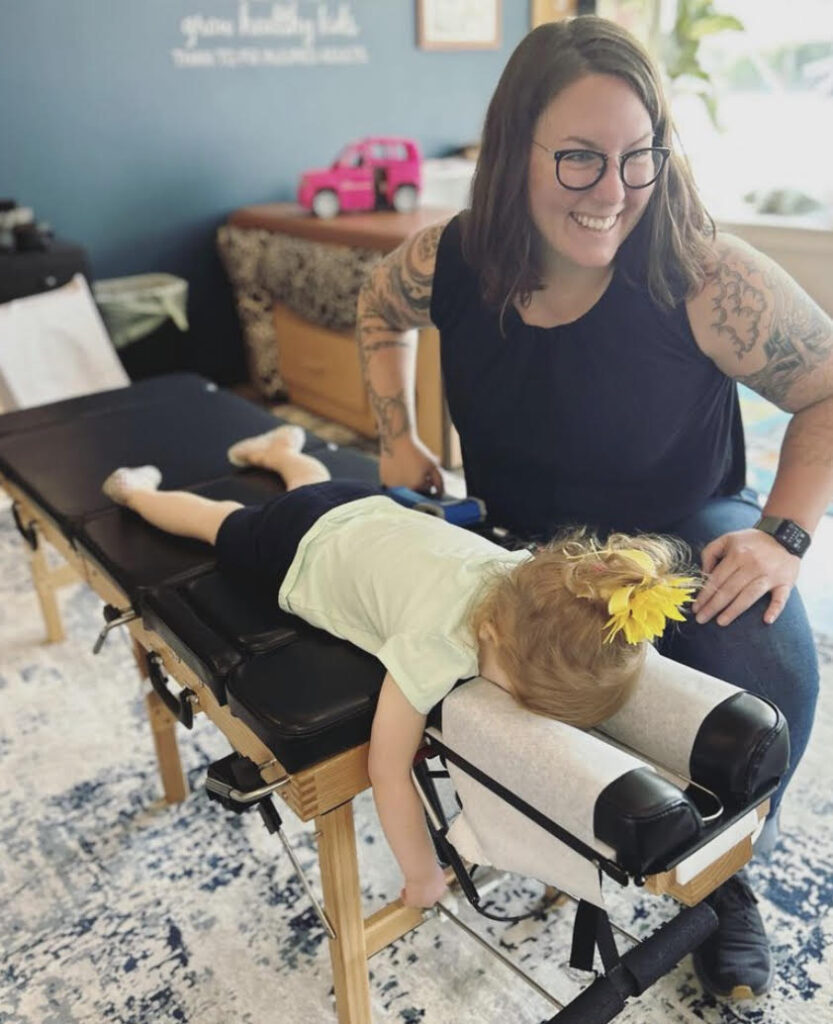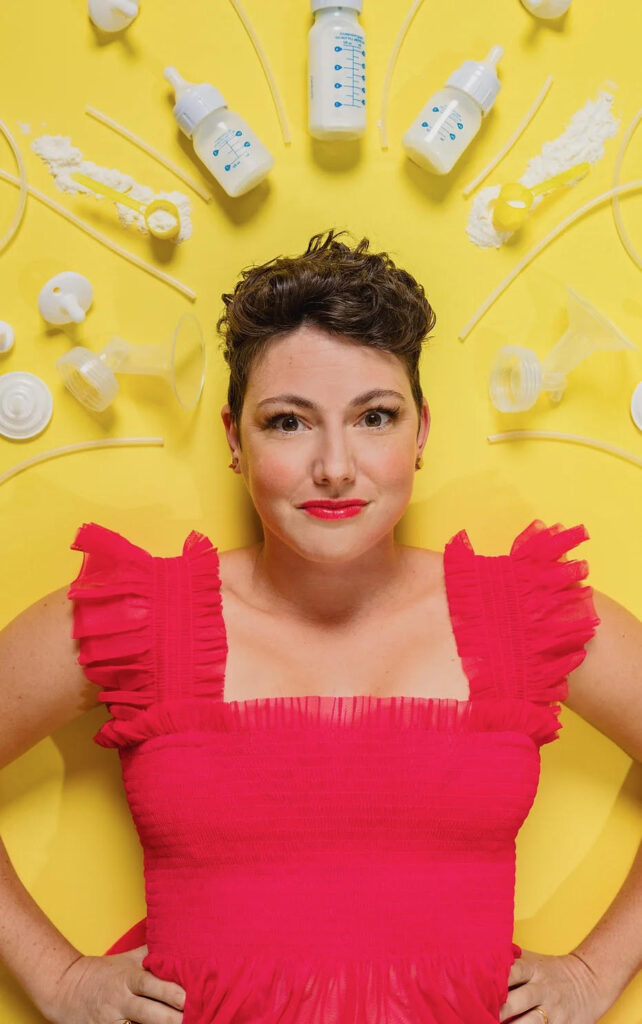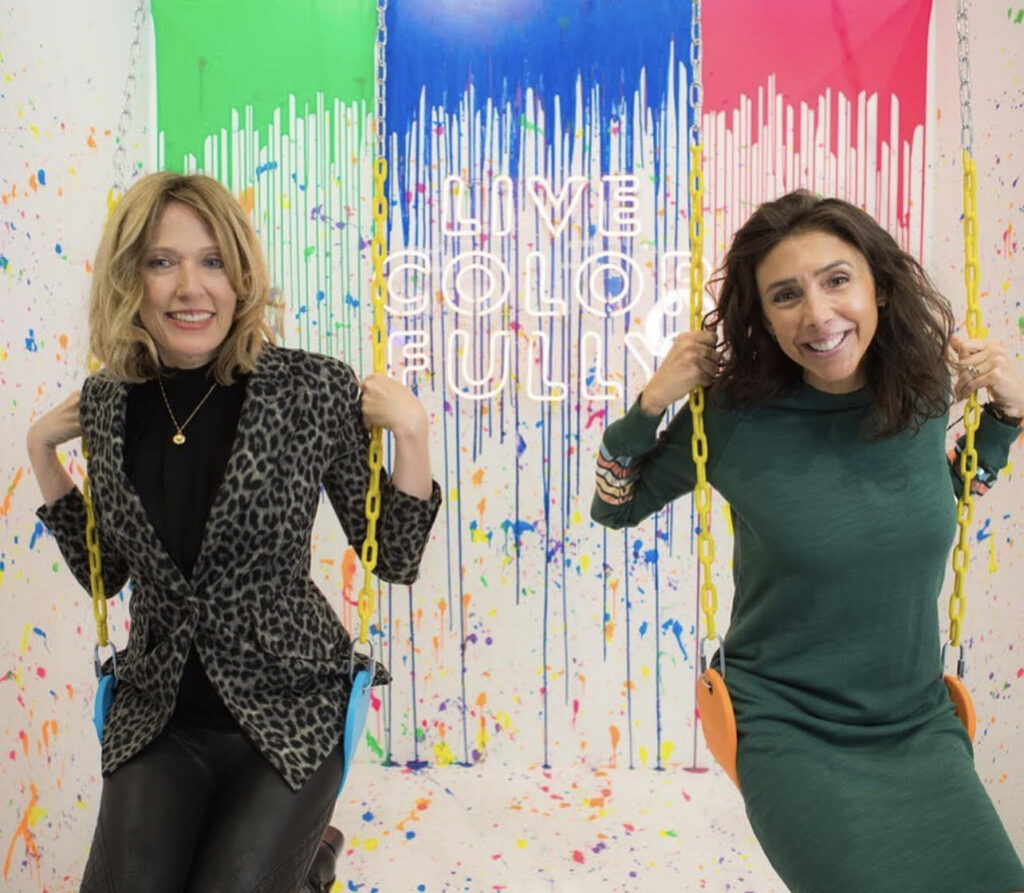Preparing for the New Parenting Role: Podcast Episode #224
Kristin and Danika discuss ways parents can prep for baby during pregnancy. They also touch on the role of social media in parenting.
Hello, hello! This is Kristin with Ask the Doulas, and I am so excited to chat with Danika Sanchez today. She is the president and owner of Baby Steps Concierge Nursing. Welcome, Danika!
Thank you so much!
I would love to have you fill our listeners in a bit about your impressive background in nursing. I’d love to hear how you transitioned to this role as more of a concierge support in the postnatal phase.
Okay. Well, I am one of those people that kind of changed careers late in life and decided I really, really, really wanted to work with babies. So I went back to college at age 40, went through nursing school, and started in the NICU, which is where I wanted to be. That’s the neonatal intensive care unit, all the little preemies or ones that need a little extra support. I worked in that department at a couple different hospitals for about four years, and then I decided I wanted to see what it was like upstairs in our hospitals upstairs where the moms are. So I’m now a postpartum nurse, helping parents after the baby is born from the time that the baby is born until they go home from the hospital. And, you know, you’re only in the hospital now for 24 to 48 hours after your baby is born, which is very little time, and the first, I would say, at least half of that time, most of the parents I have conversations with have zero recollection of anything we spoke about when they first got there. And it’s not anyone’s fault. You are tired. You’ve been in labor. You haven’t eaten. You haven’t slept. You’re excited; you’re overwhelmed. There’s a lot of things. So doing my best to try to get them ready to go home and teaching all the skills and the swaddling and the feeding and the diapering and all those things, and it was one week in particular, I had three different sets of families say, we are not ready to go home. Can you just come home with us? And I laughed and said, oh, ha ha, I wish. That would be great. But by the third time, I was like, well, maybe. Maybe there is a way to make that happen.
There’s a need.
Yep. That’s where this company was born. And that is what we do. We just help ease that transition from having the baby to being at home with the baby and figuring out, what does that look like for your family, because every family is different, as well, right? So what does that look like for your family? What skills do you want more practice with? We give the first bath in the hospital, but that means you didn’t give any baths before you got home. So, yeah, just being there to answer questions, to be hands-on support, to help you figure out what next, or how do I know if my baby is hungry or tired or whatever. All of my employees are nurses as well. They all work either in NICU and/or postpartum, so we all have experience with not only babies in a variety of ways that babies are different, but in helping parents to learn to be a little more confident in that role of being a new parent.
That makes sense, and it’s much different than, say, the role of a postpartum doula or a newborn care specialist in that you have that nursing medical background.
Right. So especially if you have a baby that is going home maybe from the NICU or has a feeding tube or is on oxygen or has a wound, something that needs maybe a little extra care, even though you are fully able to do those things on your own. I’m sure if your baby has a wound, the nurses and doctors showed you how to change the wound dressing. But it’s scary. It’s still scary, and it’s scary to do it on your own for the first time at home. So we do have that nursing license and background and experience to kind of help you get more comfortable with those situations, as well.
Beautiful. So what are your tips to help parents prepare for their new role?
That is the big question! I mean, everyone nowadays is taking childbirth classes or going to a class at the hospital before they give birth, but those classes tend to focus so much on the labor part, which absolutely still needs to be addressed. That’s scary, of course, But then I think there’s kind of a drop off in what to expect after that. And so when we have brand new parents coming up to our floor after giving birth, they’re like, we don’t know anything. We don’t know how to diaper this baby. I mean, everyone kind of knows how to put a diaper on, but –
Some dads may not have, though.
Some dads may not have. Also, I had this family, I walked in, and they were like, we need more sheets. This poor baby has peed through his diaper every single time the last four times, and I was like, okay, how about we talk about diapering? There’s probably some things we can do better so that there isn’t a leak next time. And sure enough, a couple little adjustments and he was like, oh my gosh, I never even thought about that. And then they never called for more sheets after that. There’s lots of little tips and tricks, and this is where social media is both wonderful and overwhelming. There are – I mean, myself included, I have little videos on YouTube of how to diaper, how to swaddle, how to bathe, how to do those things. But so do a million other people. There’s a lot of information out there. And it can be overwhelming. You don’t know who’s right or who’s wrong. And to be honest, with most of these things, there’s not necessarily a wrong way. I mean, there are a couple wrong things. Like, don’t ever leave your baby alone in the bathtub. That would be wrong. But there’s swaddle baths and there’s submersion baths and there’s different types of bathing, different ways of doing it. One isn’t necessarily better than the other in general, but one might be better than the other for you and your baby. Some babies have preferences. It sounds odd to say; I think people don’t realize it. Those babies have that personality before they even come out.
Right, and twins can even be so different from each other.
Absolutely, 1000%. And it cracks me up; even the babies in the NICU. The preemies that are born at 28 weeks, they already have personality. Where I think it’s helpful to have someone be there with you and be hands on with you is that we can go through all the different options. Like, okay, let’s try this, this time. And if the baby didn’t seem to like it, all right, let’s tweak it and try it this way next time. And really help narrow down what’s going to work best for your family, your baby, your sanity, all that stuff as a new parent.
And some people as you mentioned – you know, you have all of these YouTube demonstration videos, but some people need the hands-on learning. Every individual has a different learning style, so having someone in home to help can be beneficial. Others need more written instructions or watching a video is great for them, and they can figure out swaddling or baby wearing or feeding questions and so on.
I agree. I do think hands-on still is beneficial for everybody at some point. And also people, I think, don’t take into account that it’s different when it’s your own baby. I had another couple, and they – this was in the hospital. They had had their baby, and the wife says, oh, we’re not really going to need you. I’ve been a caregiver forever, and my husband – whatever, he was a nanny. And I’m like, oh, well, that’s great! Those people called me every 15 minutes. They were like, did we do it right? Does this look okay? She doesn’t seem to like it. So you can have knowledge before you go into the situation, but it’s so, so different having the actual baby there, having to touch, hold, handle. Some of the videos I have up on my YouTube channel is how to pick up the baby. I’ve had dads going, I don’t really know how to hold it. How do I grab it? How do I pick it up out of the bassinet? There’s just so many things you don’t really think about and aren’t real until the baby is actually there and you’re trying to maneuver it and you’re so afraid because they just seem so tiny and fragile.
Right. I’m interested to hear – it sounds like you made videos based on what your clients were asking for help with. What are the top questions or concerns that you’re hearing from new parents?
It’s definitely the picking up, holding, swaddling. Those are big ones. Diapering, of course. Feeding is a big issue. I don’t really have a video up yet on feeding, but a big issue that we have is some babies take longer to what we call transition, so to get used to being out of the womb and being out here in the regular world. Some take longer than others, and the ones that take longer tend to not eat very well, or they’re very sleepy and they don’t latch very well, and parents get very panicked, which I understand. A lot of it is just kind of reminding parents that there is a transition period. Every baby is different. Your baby might just take a little bit longer to transition. Here’s what we can do in the meanwhile. And other babies that maybe have to have formula for some reason or their parents can’t breastfeed or don’t want to breastfeed – there are certain ways of feeding, of holding the bottle, that are better than others for certain babies in certain situations. So we’re going to get some feeding ones up. I also had a client call me once. Her baby had been discharged from the NICU two weeks prior, so we thought everything was going great, and she called me one day, and she’s like, oh, my gosh, he was eating great, and now he’s not eating at all. What do I do? And I said, I’ll be right there. And I came over and we fixed it within ten minutes. It just was the wrong sized nipples. So there are different sized nipples and different flow rates, and those need to be adjusted for different babies at different times. And so there’s just a lot of that kind of stuff that it’s hard to know when, and you can read as much as you want about it, but until you experience it, you don’t really fully understand what you’re looking for, what to watch out, kind of some of those signs.
I love it, yeah. Every baby is so unique. There is no manual that will be the perfect solution for every question.
Exactly. If I can mention one other thing, it’s this kind of soap box I jump on all the time with swaddling. Everybody likes to swaddle. They put the babies arms down next to their sides, and they swaddle the baby. Well, some babies hate that. They break out of that so easily. So I ask all my mamas, when you had your ultrasounds, did your baby ever have one or both hands up near their face? And sure enough, they’re like, yes, she always had her right hand up, and I’m like, then let’s swaddle her with her right hand up. If you think about it, this baby has had access to her right hand her whole entire life, her whole nine months or whatever. And now we’re taking that away from her. She’s in a new environment. She’s cold. It’s loud. It’s bright. And we’re taking away the one thing that soothes her and comforts her, which is being able to have her right hand up near her face, sucking on her thumb or just touching her face or whatever.
It makes perfect sense.
You can swaddle your baby with one or both hands out and still have it be a very tight, efficient swaddle.
And now there are so many different types of swaddles. Some have the arms up, like Love to Dream, and others are more the traditional with arms down.
Yeah. And some babies like the arms down, and that’s okay, too. But again, it’s all about figuring out what’s best for your baby. And as new parents, I don’t know if you remember, but our biggest fear is that the baby is going to cry. We think that crying means we’re doing something wrong. And it can mean that, but it also – that’s how they communicate. So sometimes we need for them to cry so that we know what’s going on and what they need. But parents in the hospital when they first have the babies are just so afraid to hear their baby cry. They think that they’re failing the baby. They think that they’re failing parenthood. A lot of it is just like, hold on a second. Let’s take a deep breath. We’re going to be okay. And let’s take a moment and figure it out.
Perfect. Yes, because babies can sense if you’re anxious or upset, so then they become more distraught and will cry more. So if you take that moment and pause and breathe and relax, it can be better for everyone.
I am a huge, huge, huge proponent of energies. The Dog Whisperer is one of my favorite shows, and what he always says, right: it’s not the dog’s problem, it’s the owner. The owner is uptight. The owner is anxious. It is the exact same with our babies. If we are anxious and uptight, our baby is going to be on edge. If we are calm, our baby will be more calm. It’s easy to say, of course, but as a new parent, it’s hard to find that center, to find that calm place when you don’t know what you’re doing and you’re panicking and you’re trying to hurry and fix something but you don’t really know what you’re doing. So, yes. Deep breaths, take a deep breath before you go over to the baby, and then finding the people that can help you. Finding the resources, finding whether it’s a company like me, a doula, or just a family member or a friend. But finding someone that can also kind of help center you and remind you to breathe. That’s a big deal.
It is. Absolutely. So let’s transition to social media and how that affects parenthood.
Okay. So I mentioned earlier, it’s both good and bad. I think there’s a lot of good information, but there’s also just a lot of extraneous information that just gets overwhelming. I had a client who bought five different bathtubs for her baby, because she’s like, number one, everything that I saw on social media had some reason why that was the one I needed to buy, and she was like, I’m afraid of getting the wrong one, and I’m going to make sure I have them all. Well, she also kind of got herself into a panic over a bathtub. So I’m all for doing your research; that’s fine. But your baby doesn’t need five bathtubs. We can probably start with one, and that should be fine for a while. So there’s kind of this pressure, maybe, on parents before the baby comes to have all the latest gadgets and make sure that they have every single piece of supply or equipment that they might possibly need. The Snoo; the Snoo is wonderful. If you don’t know what the Snoo is, it’s a bassinet that kind of vibrates based on the baby – the activity of the baby. So if the baby cries more, the Snoo will actually vibrate faster. And we use it in the hospital a lot for babies that are going through withdrawal. But some parents have it, as well. It is very, very expensive. It is thousands of dollars.
It’s even expensive to rent, because they do have rentals.
Yes. But some parents are like, oh, I’ve got to have a Snoo. What if my baby is fussy? I need to have the swing; I have to have the – you don’t have to have everything right off the bat. It’s okay to start with just the baby, and let’s see how it goes from there. You might have a really chill baby that doesn’t need any swinging at all whatsoever. I also show my parents all the time, as soon as you get your baby in the car seat, buckled in the car seat, swing the car seat a couple times, and a lot of times that calms them. Most babies hate being put into the car seat, but kind of swing the car seat back and forth just a couple times. That tends to calm them down enough so that you now are not dealing with a screaming baby. So your baby might just need that. And you might not even need the swings and the Snoo and all the other gadgets. I think there’s an overwhelming aspect on social media regarding gadgets and supplies and equipment for babies.
Exactly, and what works for your friend might not work for you.
Exactly. Exactly. Or like you said, even your first baby might be different from your second baby. Or Twin A might be different from Twin B. You just never know. The place where – let me talk about the good of social media. There is a movement – it’s still kind of grassroots, but there is a movement towards postpartum mental health being much more important and talked about than it is currently, and for that, I love, love, love social media. There are some phenomenal people to follow, pages to follow, and trauma – with birth trauma, as well, Birth Trauma Mama is one of my favorites. And there’s so much support there for women who have gone through a delivery that didn’t go as expected or are experiencing postpartum depression, baby blues, how to tell the difference between the two. There’s also more evidence showing that dads are going through postpartum depression at a rate that we didn’t realize before. It’s not a huge, really high incidence, but the fact that it’s even out there is something a lot of people weren’t aware of at all. I think social media is fantastic for finding support for whatever your particular situation is.
Yes. And I do love the vulnerability in the current social media movement. More authentic, like showing a messy house and kids being happy and the joy of parenting versus having to have the Pinterest and Instagram perfect life. I definitely agree with everything you said about just people being open about their struggles and that making it easier for others.
Yes. Absolutely, 1000%. That’s definitely the good side of social media, for sure.
Yes. And I would say the negative or confusing side of social media is getting into some of the mom and parenting groups on sites like Facebook where if that’s the only information source, you could be given incorrect information, bad advice from other moms who are not experts like yourself.
Right. And that’s a very good point. Consider the source. Any time you see anything anywhere, consider the source. If it’s just, this is my first kid and so I’m writing articles on how to raise your kid the best way ever, that might not be a completely reliable source. Make sure you’re looking – and it’s okay to read those things, but also fill in with articles from pediatricians. Fill in with articles from RNs, from doulas, from people who have education, like formal education and experiences and licensing in those areas so that you can, like you said, see what’s real, what’s not real, what’s safe, what’s unsafe. I haven’t, luckily, seen too much out there that’s completely unsafe, but it only takes one. It only takes one person to give bad advice to have something really bad happen to your baby. So definitely something we want to be aware of.
Exactly. So how can our listeners connect with and find you?
We can be found online at babystepsnursing.com. We are getting our YouTube channel all up and running there. We have some article resources on there. There’s an inquiry tab if you ever have any questions about either our services or just something related to baby. You know, we’re more than happy to answer any questions that you have. So those are kind of the best ways. We are also on Instagram @babystepsnursing. I’ve been posting some of the YouTube videos up there lately.
I’ve seen those, yes.
Okay. We try to be very down to earth. This is not a formal – you don’t have to have a degree to understand these videos. These are for everyone to hear, for everyone to follow, and if you have any suggestions or if anyone wants videos on more topics, we’re more than happy to do more of those. So yeah, those are kind of the best ways to get ahold of us.
And your location geographically for listeners who do want that in person support?
We are in the Los Angeles area, but we can travel pretty far. I would say LA to San Diego for the most part.
That is a far distance, yeah.
It is a far distance, but there’s not a lot of services out there like ours, to be honest, that we have found. So we want to help as many people as we can, and to be honest, we do work with the LGBTQ community and with surrogates, and I have some dads who are going to be having triplets. They weren’t expecting triplets, but they’re getting triplets.
So they’re getting help; good!
They’re getting help because they have to transport these babies. The babies are going to be born in South Dakota, but the dads live here and are like, there’s only two of us. We need to transport three babies. Can we get anyone to help travel? Yes, absolutely, we can do that. So we can help technically across the country. We also can do a lot via Zoom. Obviously, the hands on stuff can’t be done via Zoom, but we can always have conversations if you just have a quick question. We can talk about some preliminary things before you go to the hospital. A lot of that can be done via Zoom so therefore can be kind of anywhere in the country, as well.
Beautiful. What an amazing service. Any final tips for our listeners?
Oh, my biggest tip is always build your village or find your village. Make sure that you know who you can reach out to for different things. We all have friends that have various roles in our lives, and that’s going to continue into parenthood. So make sure you have the friend that you can call and vent to without feeling like a horrible person, because you’re going to have a day where you’re going to be like, I don’t think I can do this parenting thing. Find the friend that will make you laugh because laughing will take you so far in parenting. Find the friend that has the resources that did it before you, that says, oh, you know what, when my baby had trouble eating, we used this bottle, and it worked for me. Maybe you should try that one. Just make sure you have people around you that can support you and that you are comfortable reaching out to because that’s the important part. So many times, we’re just plowing through. We’re just putting one foot in front of the other, trying to get through the day, maybe just trying to get through the hour. But we have to be aware enough to ask for help if we need it, and having a list of people at top of mind or written down next to your phone so that you don’t have to think about it. You can just look down that list and be like, oh, my gosh, yes, I need to call my mother or I need to call my neighbor. It can really, really be helpful for stressful times. I would say the biggest tip is find your village, build your village, yeah. Find your resources.
Excellent advice. I loved having you on Ask the Doulas, Danika. Thank you for sharing all of your tips and wisdom with our listeners.
Thank you for having me on! This was great!
IMPORTANT LINKS
Preparing for the New Parenting Role: Podcast Episode #224 Read More »


